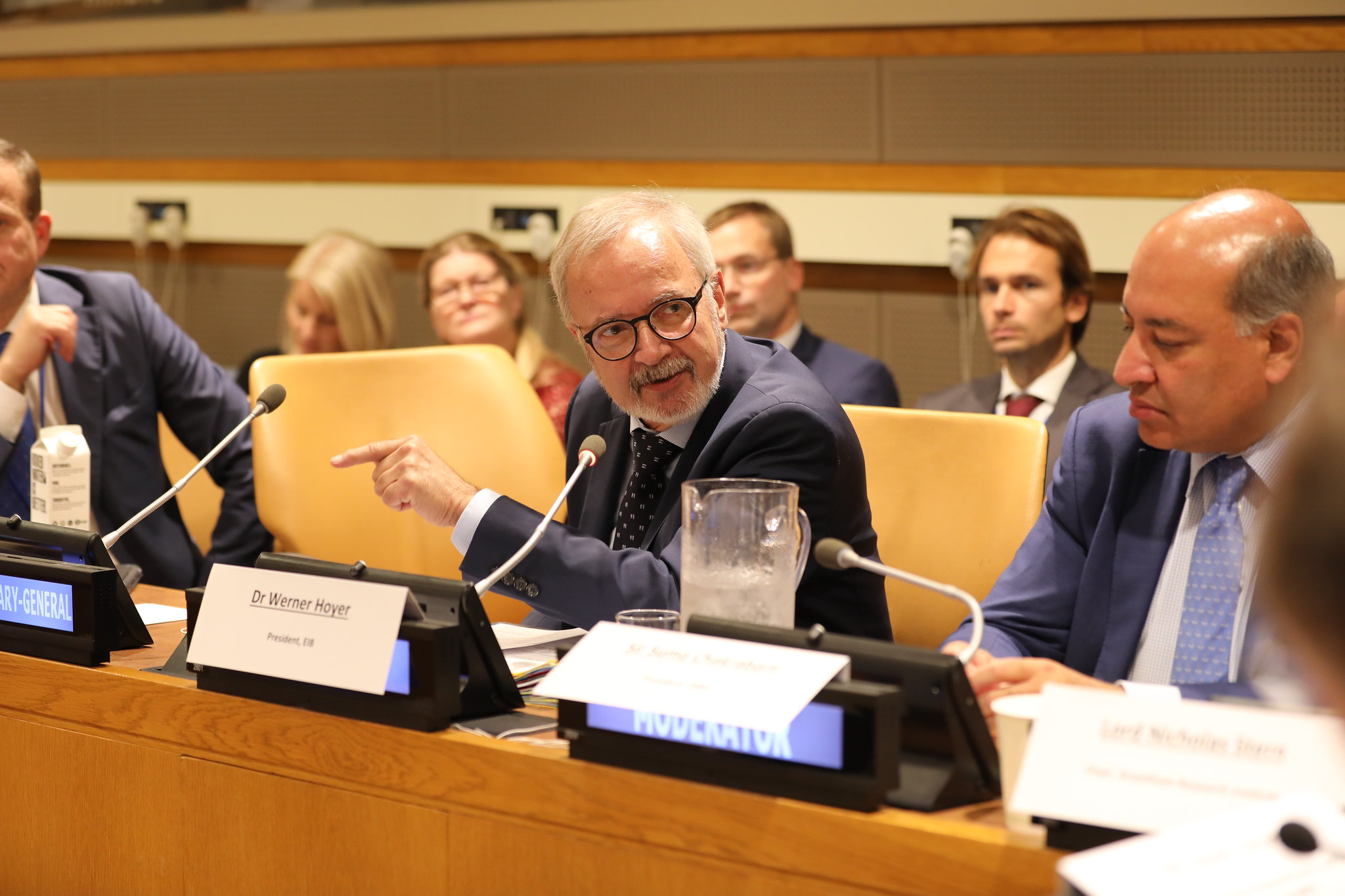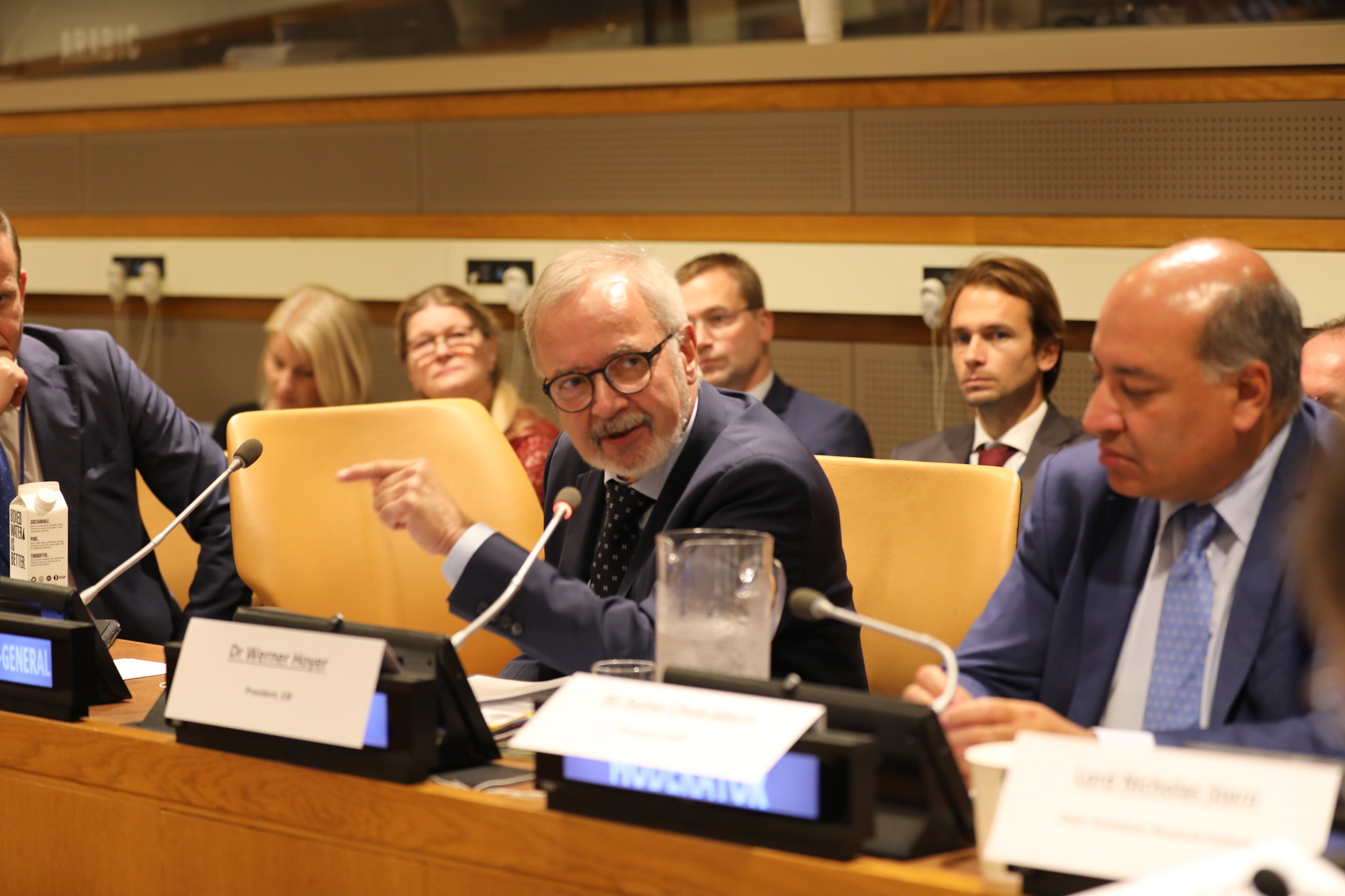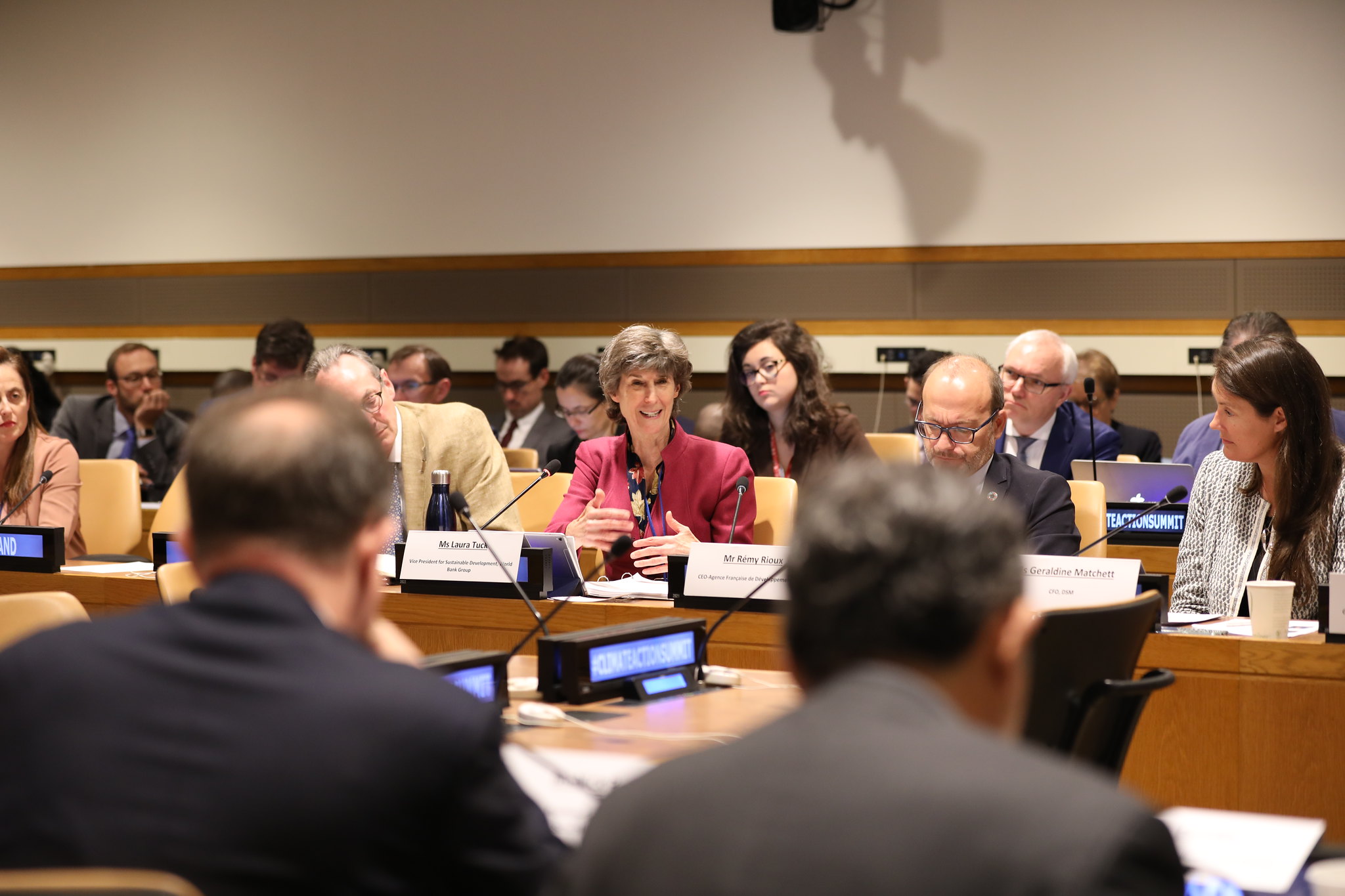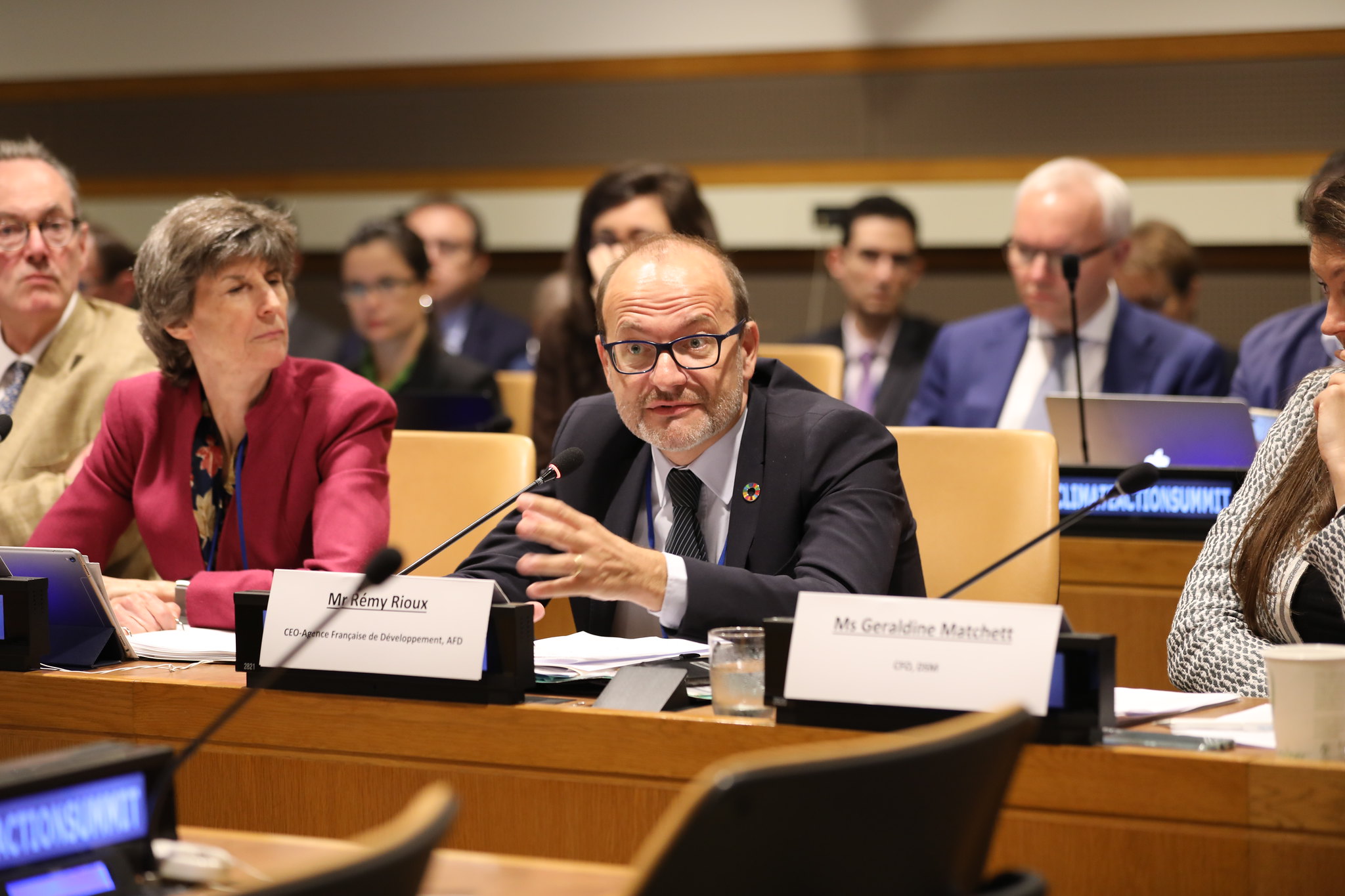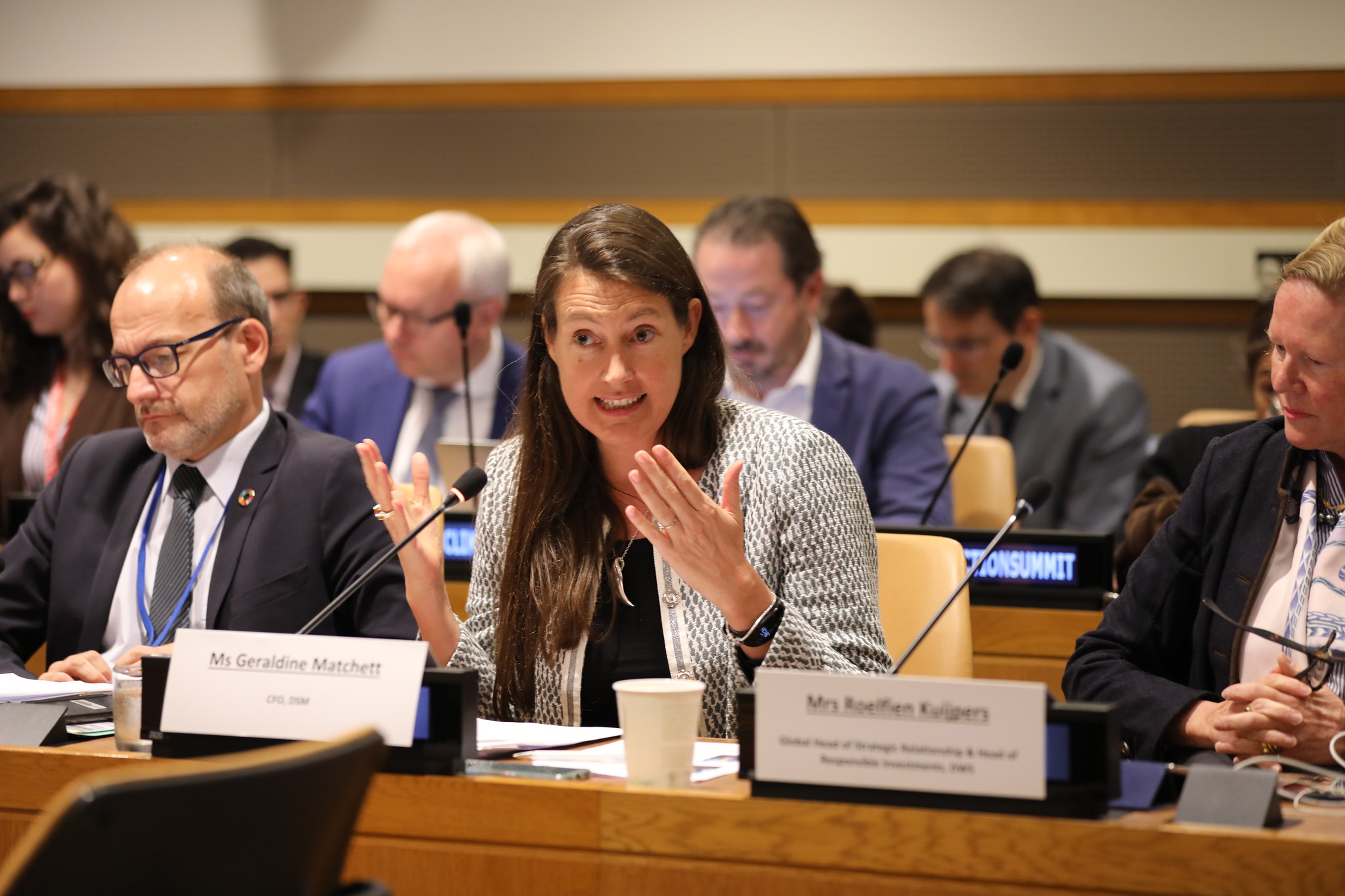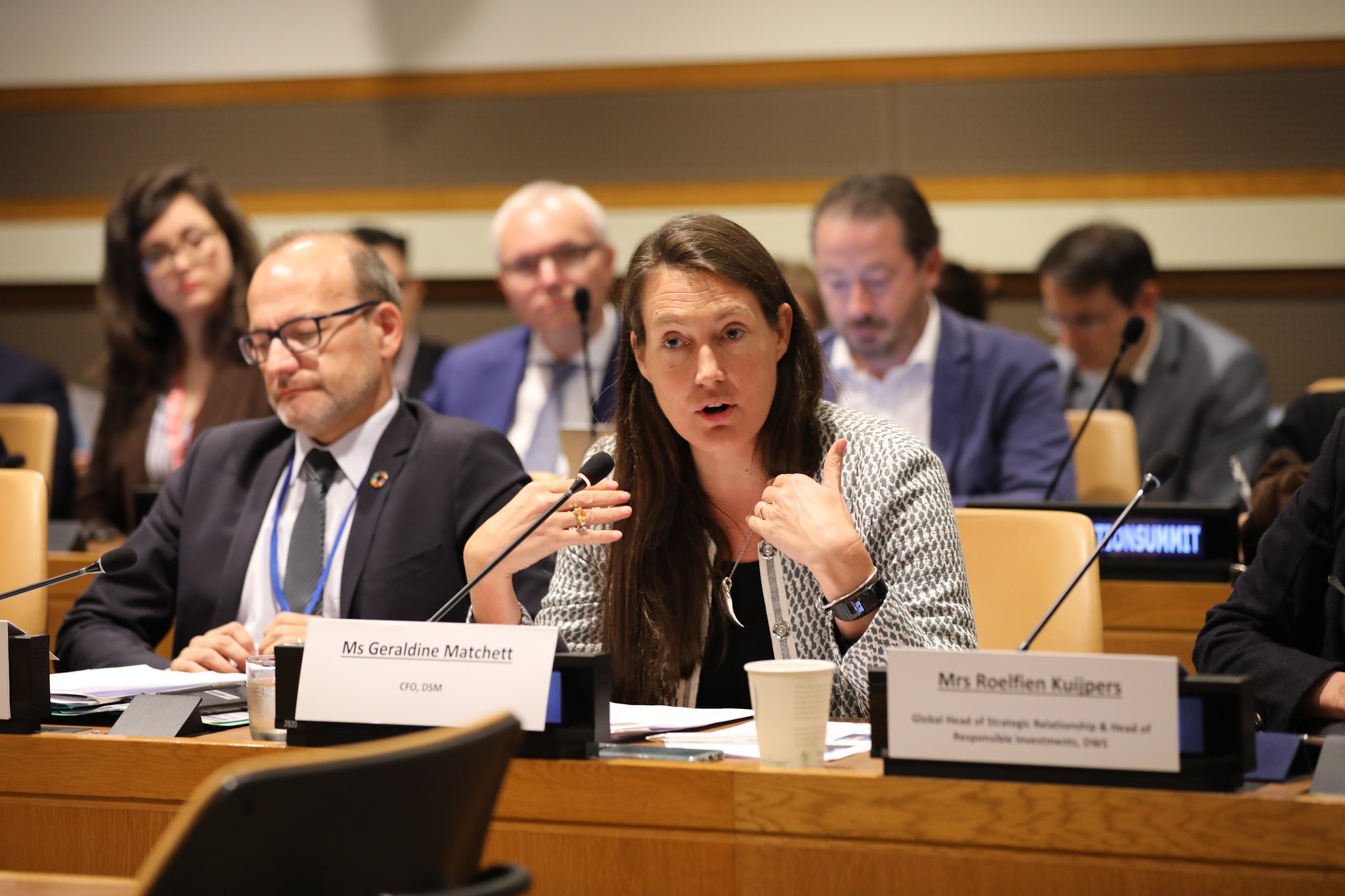Negotiators in Paris last December achieved a previously unattainable consensus among all countries — large and small, industrialized and developing — on a target for minimizing climate change.
They agreed to hold planetary warming to below 2 degrees Celsius, which can only happen by drastically cutting the greenhouse gas emissions that cause climate change.
Adhering to the target requires a de facto energy revolution that transforms economies and societies by weaning the world from dependence on fossil fuels. The magnitude of the task means strategies and spending on a scale far exceeding previous efforts.
More than 180 countries submitted national plans that now must be turned into investment blueprints.
A lot of future investment is at stake. From now through 2030, the global economy will require $89 trillion in infrastructure investment across cities, energy and land-use systems as well as $4.1 trillion in incremental investments for the essential low-carbon growth plan.
Such need dwarfs available public funding, making the private sector a vital participant, along with innovation to help spur and leverage increased investment.
At the recent Investor Summit on Climate Risks in New York, U.N. Secretary-General Ban Ki-moon called on pension funds, the banking sector, the insurance industry and others to at least double their clean energy investments by 2020.
More and more, economists and business leaders believe the only way to forge solutions at the necessary scale is to put a price on carbon emissions to make polluting an operating cost factored into bottom-line calculations.
If emissions become an economic decision, they argue, the private sector will have the fiscal incentive to embrace the necessary global transformation to a zero-carbon future.
What is the carbon pricing opportunity for Indian business?
A rapidly growing number of global companies are committing to use carbon pricing as a way to “climate proof” their business models for an increasingly low-carbon future. Businesses also are working with governments to help pilot emissions trading, offering lessons learned to ensure efficient system design.
For India, there is a clear opportunity here. Under the national plan India submitted to the United Nations, the government set a target to increase renewable energy capacity from 30 percent today to 40 percent by 2030. The plan also calls for installing 175 gigawatts of renewable energy capacity by 2022 — an ambitious goal considering the world’s total installed solar power capacity was 181 gigawatts in 2014. The government estimates that $2.5 trillion in investment will be needed to achieve its plan by 2030.
Major Indian companies — including Dalmia Cement, Mahindra Group and Tata Group — have stepped up to become sustainability champions by taking action to support carbon pricing.
These and other Indian companies are partners of the Carbon Pricing Leadership Coalition, a new initiative designed to support successful carbon pricing across the globe.
This week, Indian business leaders will gather in Delhi and Mumbai at the Indian Climate Policy and Business Conclave organized by the Federation of Indian Chambers of Commerce and Industry (FICCI) in partnership with the Indian Ministry of Environment, Forest & Climate Change, the German Federal Ministry for the Environment, and the World Bank Group.
In discussion groups and training sessions, they will examine the issues and opportunities facing India in confronting the changing climate, and explore how to advance carbon pricing in their internal business models. They will learn at what levels they can set a carbon price internally, and how to apply it so that it helps to accelerate their transition to a lower-carbon footprint.
Carbon pricing is not always an easy policy to implement. Each jurisdiction and company faces its own challenges, with fears that a carbon price will affect competitiveness or raise energy costs.
But experience through years of study, testing and trial and error shows carbon pricing can work, bringing both reduced emissions and economic growth. We know that because of leaders like California, the European Union, Korea, China and Mexico that are successfully running carbon pricing programs today. They have navigated concerns about competitiveness, fairness and supporting training and job transition through stakeholder engagement, smart policy design and regular reassessments of progress—building a set of principles for good practice that India can borrow from as it tries to unlock the private investment needed to transform its economy.







